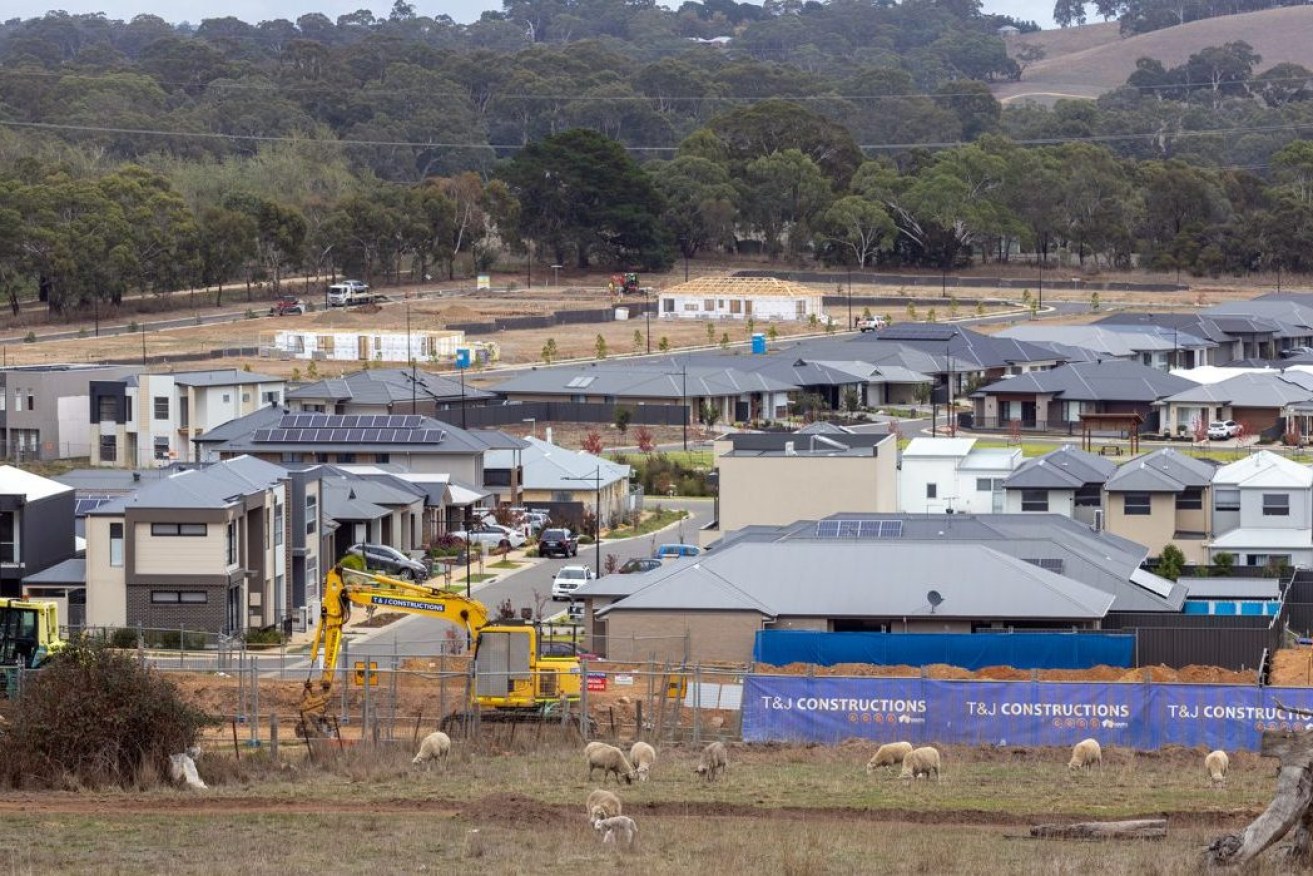Nearly a million to live with housing stress by 2041 – report
Nearly a million households could wind up in housing stress by 2041, with families over-represented when it comes to unmet housing need.

Photo: Tony Lewis/InDaily
University of New South Wales research found housing affordability issues were expected to balloon over the next two decades and force thousands more people into homelessness, overcrowding or housing stress.
Families, who typically require larger and more expensive homes, are more likely than other groups to end up in inadequate housing situations.
Housing affordability is already a pressing issue, with 640,000 households now living in housing that’s not suitable.
That is expected to swell to 940,000 households by 2041, the researchers found.
The Northern Territory’s outback region has the highest rates of unmet housing need per person, followed by parts of Sydney.
Sydney’s housing affordability issue is growing fast, with the unmet housing need increasing by 11 per cent over the past five years.
“Demand for social and affordable housing in Sydney is at eye-watering levels, higher than any other capital city,” Community Housing Industry Association NSW chief executive officer Mark Degotardi said.
“The NSW government must urgently confront this housing crisis.”
Community Housing Industry Association chief executive officer Wendy Hayhurst called for additional investment from government and super funds to expand social and affordable housing.
“It is hard to think of a higher priority than giving all Australians a stable and secure home,” she said.
In the October budget, the government announced a national housing accord to build one million new homes over five years starting from 2024.
The government has already committed $350 million over five years to incentivise more private sector investment in affordable housing.
It’s also pledged to set up a $10 billion Housing Australia Future Fund to build social and affordable properties, as well as a national plan to reduce housing affordability issues.




